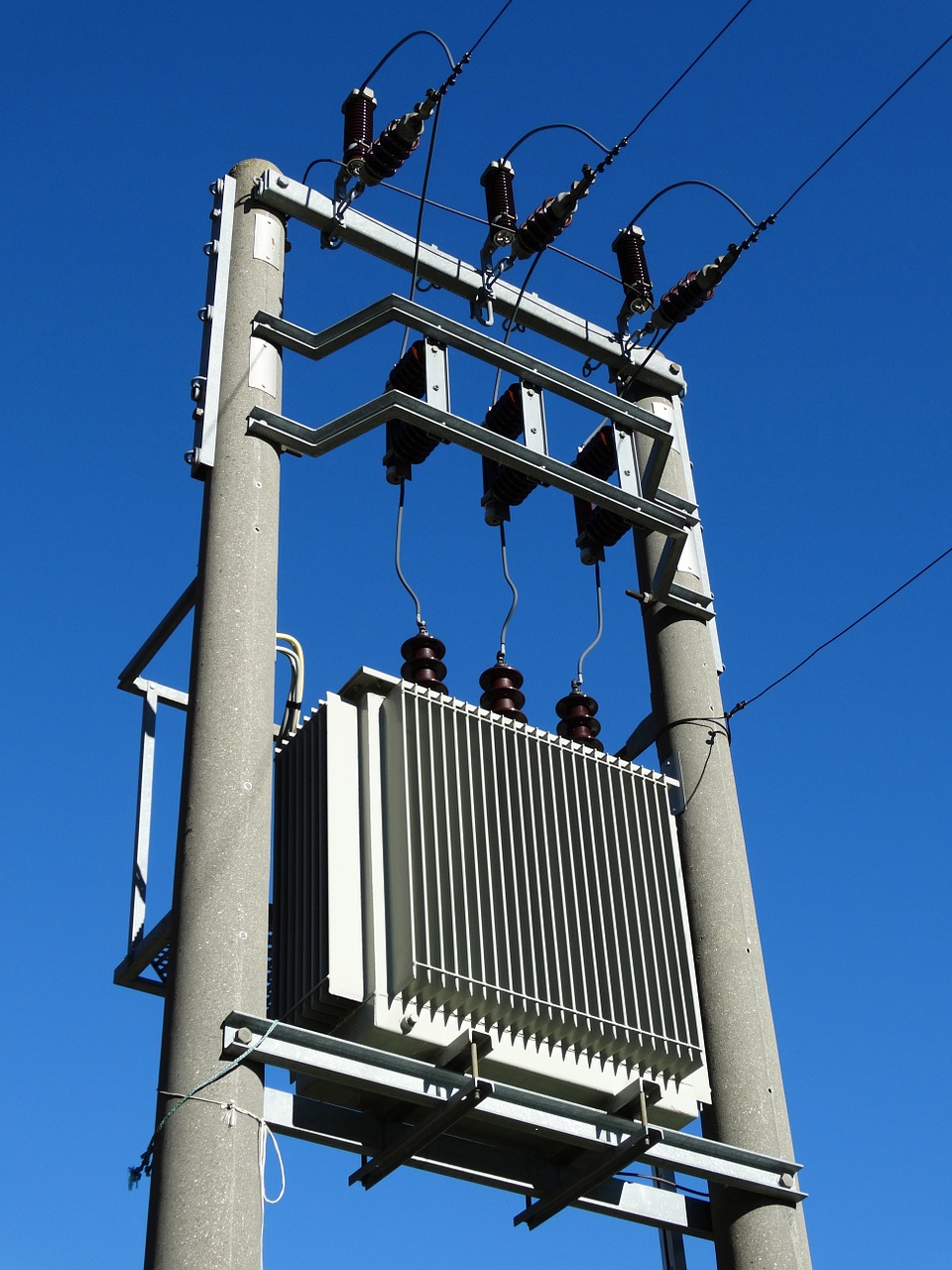In an age where sustainability and resourcefulness are paramount, the art of finding broken electronics to repair has gained significant traction among hobbyists, professionals, and eco-conscious consumers alike. This guide delves into effective strategies for sourcing defective devices, ensuring you can breathe new life into discarded technology while honing your repair skills.
Understanding the Value of Repairing Electronics
Before diving into the methods of finding broken electronics, it’s essential to grasp the value of repair. Not only does it reduce electronic waste, which is a growing environmental concern, but it also allows individuals to save money and acquire valuable skills. The repair culture promotes a mindset of resourcefulness, encouraging creativity and innovation in problem-solving.
Where to Find Broken Electronics
- Online Marketplaces and Classifieds
- eBay and Craigslist: These platforms often have listings for broken or non-functioning electronics at significantly reduced prices. Search for terms like for parts, not working, or repairable to find items that can be salvaged.
- Facebook Marketplace: Local sellers frequently list broken electronics. Joining local buy/sell/trade groups can also yield hidden gems.
- Electronic Waste Recycling Centers
- Many cities have electronic waste recycling facilities that accept discarded electronics. These centers often allow individuals to sift through items before they are processed, providing an excellent opportunity to find devices that can be repaired.
- Thrift Stores and Flea Markets
- Thrift stores often receive donations of broken electronics. Regular visits can lead to unexpected finds. Similarly, flea markets may have vendors selling non-functioning devices at bargain prices.
- Community Repair Events
- Look for local repair cafes or community workshops where individuals bring in broken items for repair. These events can be a goldmine for finding electronics that need a second chance, and they also provide an opportunity to learn from experienced repair technicians.
- Networking with Repair Communities
- Engaging with online forums, social media groups, or local maker spaces can connect you with individuals looking to offload broken electronics. Websites like Reddit have dedicated communities (e.g., r/repair) where members share leads on where to find broken devices.
Assessing the Condition of Electronics
Once you’ve sourced potential devices, the next step is to assess their condition. Here are some tips for evaluating broken electronics:
- Visual Inspection: Look for physical damage such as cracks, missing parts, or corrosion. This can give you an initial idea of whether the device is worth repairing.
- Research Common Issues: Familiarize yourself with common problems associated with specific devices. For example, many laptops suffer from battery issues, while smartphones may have screen or charging port failures.
- Test the Device: If possible, perform a basic functionality test. For instance, plug in a device to see if it powers on or check for any signs of life (lights, sounds, etc.).
Repairing the Electronics
Once you’ve acquired broken electronics, the next step is the repair process. Here are some essential tips:
- Gather the Right Tools: Invest in quality tools such as screwdrivers, soldering irons, multimeters, and specialized repair kits. Having the right equipment can significantly ease the repair process.
- Follow Repair Guides: Utilize online resources like iFixit, YouTube tutorials, or repair forums to guide you through the repair process. These resources often provide step-by-step instructions tailored to specific devices.
- Document Your Process: Keep a record of your repairs, including what worked and what didn’t. This documentation can serve as a valuable reference for future projects and help you refine your skills.
- Practice Safety: Always prioritize safety when repairing electronics. Disconnect power sources, use anti-static wristbands, and be cautious of sharp components.
Conclusion: The Reward of Repair
Finding and repairing broken electronics is not just a hobby; it’s a sustainable practice that contributes to a circular economy. By sourcing defective devices and restoring them to working condition, you not only save money but also reduce electronic waste and develop invaluable skills. Whether you’re a seasoned technician or a curious beginner, the journey of repair can be both fulfilling and rewarding. So, roll up your sleeves, dive into the world of broken electronics, and discover the hidden treasures waiting to be revived.
